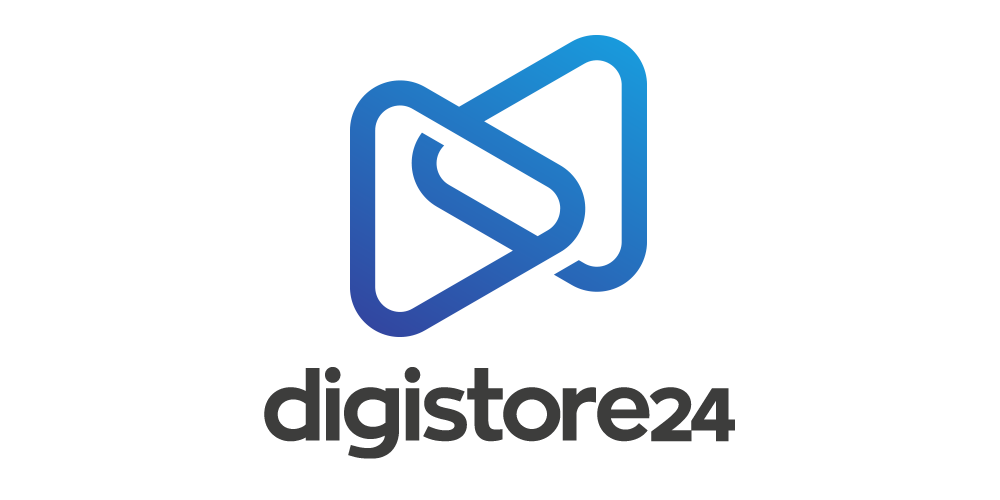Since the recent COVID-19 pandemic and the subsequent global economic crisis, the retail industry has been turning its head.
This guide will delve into the trends that are taking the industry by storm and how payment orchestration can help retailers stay ahead of the competition.

Key industry highlights:
- In 2022, worldwide retail sales will grow 5% year-over-year (YoY) to exceed USD27.33 trillion.
- For every retail store that closes, two new stores open.
- 80% of global consumers again feel comfortable or very comfortable shopping in stores.
- 68% of small business owners admit that they have had to increase their prices due to inflation.
- According to Deloitte, 67% of respondents in a retail outlook survey cite e-commerce and online shopping platforms as top investment areas.
Buy Now; Pay Later comes to stores

- Buy now, pay later (BNPL) is becoming increasingly popular for consumers shopping online and in-store. It works by splitting transactions into installments at the point of sale.
- Offered by several services, such as Afterpay, Monzo, and Klarna, almost 40% of customers have tried BNPL services at some point.
- Due to the economic crisis, customers are looking for more flexibility in shopping, particularly younger consumers. Inside Intelligence predicts that 55.1% of Gen Z digital buyers in the U.S. over 14 will try a BNPL service at least once this year.
- This development is interesting for merchants. By giving shoppers more flexibility and making larger purchases more affordable, retailers can expand their customer base to include buyers who would typically not be able to pay with traditional means.
Consumer confidence in Crypto
We're entering an era where cryptocurrency will exist alongside traditional payments we are familiar with. Cryptocurrencies are becoming more accessible by the day. With everyone from Starbucks to Nike jumping on the bandwagon, a survey from Deloitte found that almost 75% of retailers aim to accept cryptocurrency or stablecoin payments within the next two years.
Rather than establishing their own Crypto, retailers partner with payment orchestrators to convert digital currency into fiat, a legal tender such as the U.S. dollar or the Euro.
The decline of cash payments in emerging economies
Where e-payments have grown from 29 percent to 63 percent in 2022, for merchants looking to expand their consumer base, eyes should be set on emerging economies.
A report from Worldpay found that in many emerging economies, over 50% of payments are made digitally. Mainly spurred on by the pandemic, even The UAE and Italy, which were still cash-dependent in 2019 despite their advanced banking and payment sectors, are now firmly into digital payments. But the market to keep a close eye on is India.
Mobile and contactless payments are the preferred choices.
Roughly 40% of U.S. adults say they prefer to shop more online than in-store before the pandemic. With shoppers being mindful of the risk of future COVID-19 outbreaks, more turned to mobile shopping and payments.
Total m-commerce spending for digital services and physical goods purchases reached USD2.66 trillion in 2020, with growth in online spending across sectors such as grocery offset by a fall in sales elsewhere.
This upward trajectory will also continue to reach USD 3.79 trillion in 2022. Across the world, consumers and merchants alike increasingly own NFC-enabled hardware. New smartphones these days contain embedded NFC chips, as do POS terminals shipped to retailers.
The improved awareness, coupled with the widespread availability of technology, will soon increase demand for NFC payments. Moreover, in 2022, more than 2.7 billion people will use a mobile app to pay for in-store transactions.
A cross-border strategy is a must.
Merchants are looking toward global markets to grow and compensate for the lack of footfall. But this ultimately means competing with popular marketplaces and retailers to meet consumer demand and fast delivery turnaround expectations. In 2020, cross- border B2C e-commerce totaled USD842 billion.
At the start of the pandemic, supply chains and deliveries saw disruptions from the initial panic of the virus and government restrictions. However, this quickly rebounded as economies reopened, resulting in a 15% y-o-y growth in European cross-border e-commerce spending in 2020.
The B2C e-commerce market is set to exceed USD1 trillion in 2022. Of which European markets will represent USD340 billion.
On a global level, consumers are becoming more open to shopping internationally. Let's face it, we all have more time to research new brands. The firm favorites among consumers are Amazon (26%), Alibaba / AliExpress (19%), eBay (11%), and Wish (9%). Production powerhouse China accounts for the most e-commerce exports worldwide. The UK, Germany, and the U.S. are key countries for cross-border e-commerce.
Subscription payments thrive
Consumers looking to treat themselves during the pandemic turned towards online subscription services, and the mindset is here to stay. But what's a subscription-based service? Rather than making a one-time purchase of a product, consumers subscribe to receive a product, either physical or digital, on a periodical basis.
This might be a regular meal kit from Hello Fresh, flower arrangements, clothing, or a subscription to streaming platforms. There's also been an uptake in repeat purchases for generic products such as pet food and health supplements for users who want to take the hassle out of their weekly shop.
The customer's upside is regular deliveries, automated payments, and personalization. To merchants, it means a better forecast of revenues, reliable client data, and better consumer engagement.
1) But how can retailers keep their finger on the pulse of this ever-changing landscape?
2) Luckily, payment technologies, such as Payment Orchestration, can help!
What is payment orchestration?
A payment orchestration layer or platform allows businesses to integrate with multiple payment service providers, acquirers, and payment gateways simultaneously through a one-simple API key. Working with a payment orchestration platform will eliminate most of the pain points plaguing retailers through rapid growth and expanding cross-border.
How does payment orchestration work?
A payment orchestration layer works by routing transactions through the best payment processor for that transaction. Unlike traditional gateways, routing transactions mean that the highest conversion rates for the lowest prices can be achieved. Either by method with the highest acceptance rates, lowest processing costs, or by predetermined rules outlined by the merchant.
The Payment Orchestration Process:
- The user initiates the payment via the checkout page and selects a payment method from the methods you choose to accept.
- The payment information is sent to the payment gateway.
- The payment details are encrypted by the payment gateway and are then sent to the acquiring bank and payment processor.
- Then the acquiring and issuing bank communicates to check if the payment should be authorized.
- If the payment fails, the user will usually see an error message and be asked to try again. However, with a payment orchestration layer, the payment is routed to the next best payment processor. The act is repeated until the payment is approved.
Why should retailers opt for inai?

Simple and intuitive dashboards
When you have access to hundreds of payment methods and thousands of transactions taking place every day, you need an intelligent dashboarding system.
With inai, you'll have access to one intuitive dashboard to manage all your payment data.
The simple CXO dashboard acts as a single source of truth instead of relying on multiple payment gateways for the data.
Facilitates recurring transactions
Offering customers many ways to pay cement customer satisfaction and repeat business. Whether you want to offer your customers one-time payments, subscriptions, or multiple subscriptions with one-time components, you can choose what suits you best.
When you want to offer new or returning customers discounts and offers, you'll be able to manage this through inai effectively.
inai reduces the costs of payment processing
The cost of processing payments can easily eat up your payment margins. Some payment methods cost more than others, just like payment gateways. For example, you may be charged for setup fees and the volume of transactions for each gateway you integrate.
Unfortunately, not every country allows merchants to offset this admin cost to the customer.
With smart payment routing, inai will always route transactions through the PSPs and gateways with the lowest transaction costs and highest conversion rates - so you'll always be getting the best price per transaction.
It helps make compliance easier
Another advantage of payment orchestrators is that tokenization simplifies PCI-DSS compliance by removing credit card information from your environment. This method of data storage and transfer eliminates any possibility of a third-party cyber-attack.
Along with multiple payment methods, abiding by cross-border commerce legislation also becomes easier for retailers.
You can get global coverage in 60 minutes
Lastly, inai is a no-coding payment orchestration platform, removing the development time from your engineers. Many other orchestrators, such as Spreedly, are API-first. You'll get access to a range of PSPs, but any customization required on top of it, such as adding alternative payment methods or running subscription logic, must be done by the merchant itself.
With inai, all of this is abstracted out, so no developer involvement is required once the initial integration and onboarding (which takes around 60 minutes) is complete.
Once inai is integrated, game markers can access over 300 payment processors and multiple Crypto-friendly payment gateways.
About Inai
inai is a payment orchestrator driven by a passion for technology and simplifying payment integration and processing for game developers. At inai, our goal is to help every company launch, manage and scale a global payment stack in minutes not weeks or months, and enable non-engineers in the company to take action on insights we deliver from their payment data.
Backed by leading venture capital firms
Inai is founded by repeat entrepreneurs who faced this problem first hand themselves. We have been backed by some of the most bankable investors in the world.
.png?width=123&height=71&name=inai%20logo%20-%20dark%201(1).png)
.jpg?width=150&name=IMG_5672%20(1).jpg)





